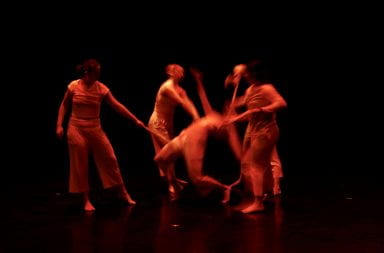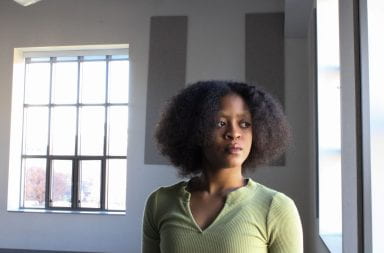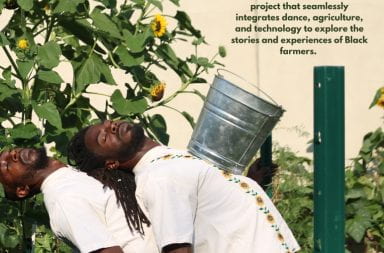
The Billy Ireland Cartoon Library and Museum is slated to move into its new facility in Sullivant Hall this weekend and is scheduled to hold a festival of cartoon art from Nov. 14-17.
Credit: Melinda Cassidy / Lantern photographer
Behind two swinging green doors, the archive of the Billy Ireland Cartoon Library and Museum rests on towering moveable shelving units that allow for maximum storage space.
“We only have so many square feet,” said Jenny E. Robb, the library’s curator, with a laugh.
That is about to change.
The library is set to move to its new facility in Sullivant Hall this weekend, which will be about 30,000 square feet, according to an article from The Columbus Dispatch, providing greater access to the library’s archive, which Robb said is the largest collection of cartoon art in the world.
Along with additional movable units, the new facility will allow for three exhibition galleries and the use of a state-of-the-art multipurpose seminar room for events and programs, Robb said.
The library is slated to hold a festival of cartoon art from Thursday to Sunday in celebration of the reopening of the library and museum on Saturday. The scheduled events include a screening of the comic documentary “Stripped” and speaking events with cartoonists Jeff Smith, Paul Pope, Matt Bors, Eddie Campbell, Stephan Pastis, Brian Basset, Kazu Kibuishi and Jaime and Gilbert Hernandez, among others.
In an August article, The Lantern reported that the renovation budget was set at $30 million but that donations could be given through the “But for Ohio State” campaign. The Lantern also reported that the widow of “Peanuts” creator Charles Schulz, Jean Schulz, would match donations up to $2.5 million, and Lawrence, an OSU alum, and Isabel Barnett donated $6 million to the project.
“We receive a lot of donations,” Robb said. “We receive a lot of gifts from people who do not have any connections to Ohio State other than that they’re cartoonists or they’re cartoon collectors and they want their collections to come here.”
The library got its start when OSU alumnus Milton Caniff, cartoonist of the comic strips “Terry and the Pirates” and “Steve Canyon,” wanted his collection to come to OSU. The library’s founding curator, Lucy Caswell, cataloged Caniff’s works at the university in 1977, Robb said.
Robb said Caniff and Caswell realized there were not many institutions collecting popular culture materials, specifically comic-related materials, and said Caniff thought OSU should be the place to do so.
“Comic books and strips have long not been considered worthy of academic and museum archiving,” said Frederick Aldama, an arts and humanities professor at OSU and author of “Your Brain on Latino Comics: From Gus Arriola to Los Bros Hernandez” and “Multicultural Comics: From Zap to Blue Beetle.” “Archiving comics is just as significant as preserving original manuscripts of Shakespeare.”
Robb said Caniff asked some of his fellow cartoonists to contribute to the collection. This included works from cartoonists such as Walt Kelly of the comic strip “Pogo” and Will Eisner of “The Spirit” comics.
“From a very small start of one collection, we’ve grown into the largest collection of this kind of material in the world,” Robb said.
The library was first established in two converted classrooms in the Journalism Building, according to the library’s website. Along with the Fine Arts Library, the library then resided at 27 W. 17th Ave., adjacent to the Wexner Center, and took over 6,808 square feet.
The archive catalogues more than 300,000 pieces of original art, 45,000 books, 67,000 serial and comic book titles, 3,000 linear feet of manuscript materials and nearly 18,000 Japanese comics known as manga, according to the library’s website.
The library also has a newspaper comic strip collection, the San Francisco Academy of Comic Art collection, that includes at least 2.5 million newspaper clippings, pages and sections, Robb said.
Scholars and fans of comics access the library because there is an interest in studying popular culture present in the archive, Robb said.
“All of us are consumers of popular culture,” she said. “As such, scholars are interested in studying it because it is such an important part of everybody’s day-to-day lives.”
Clayton Funk, an assistant professor in the department of arts administration, education and policy at OSU, said he brings students to the library in order to view popular culture present in archived advertisements.
“(Popular culture) is not elite,” Funk said. “It’s what everybody knows (it), and because everybody knows it, then I think it’s important enough to talk about.”
As the collection expands, Robb said that when accepting or acquiring a collection, they have to be selective of what they take.
“We can’t take everything,” Robb said. “But we do want to make sure this material gets preserved.”


